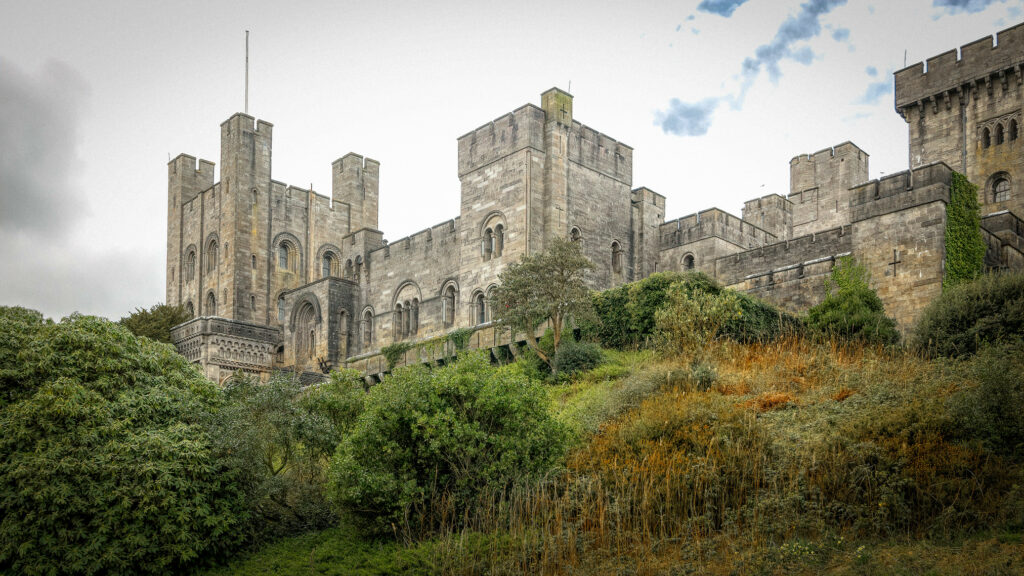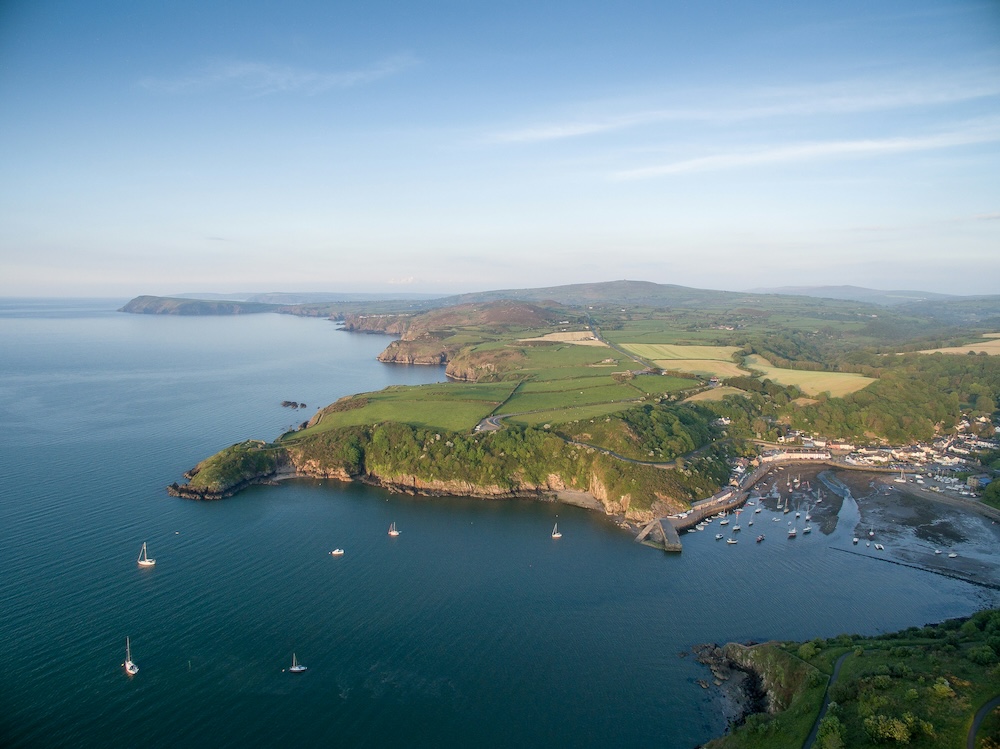Jonathan Hughes explains how Wales’ landscape and heritage can be protected through an adaptive, pragmatic approach in the face of climate change.
For a long time, many people thought of climate change as something that would happen to someone else, somewhere else, sometime in the distant future.
It may still feel that way for some.
But our experience shows that isn’t true.
Climate change is happening in Wales, right now, and its impacts are all around us. And if we want to continue to look after the landscapes and places that help to make Wales unique, it’s essential that we step up our collective efforts to adapt to climate change.
Current and future challenges
At National Trust Cymru, we are custodians of special places, from countryside to coastlines to castles, that have special meaning for people across the length and breadth of Wales. And we’re already seeing the impacts of climate change in the places we care for.
The staff and volunteers working at these sites have seen first-hand the consequences of more frequent extreme weather events – from heavier rainfall causing repeated flooding, to rising temperatures, prolonged periods of drought and more wildfires.
Nearly three-quarters (71 per cent) of the places looked after by the Trust across England, Wales, and Northern Ireland could be at a medium or high risk of climate hazards by 2060.
Take Cwm Ivy – a small parcel of land on the Gower which was claimed from the sea to be used as farmland in the 17th century and protected by a sea defence. In November 2013, the Cwm Ivy sea wall was showing signs of distress and by the following August, the summer storms had finally caused the wall to fail, flooding the area with saltwater and allowing nature to take its course.
And Cwm Ivy isn’t alone.
Using our Hazard Map tool and on the ground observations, we’ve modelled how Penrhyn Castle and Garden in Bangor could look in 2060 if we don’t take steps to adapt to climate change. This visualisation reveals a radically changed landscape with previously lush green spaces looking sparse and dry. The modelling predicts that the jewel box garden enjoyed by thousands of visitors each year will face challenges of higher temperatures, high winds and drought.
Robust debate and agenda-setting research.
Support Wales’ leading independent think tank.
In fact, previous analysis by GIS Consultants 3Keel has revealed that nearly three-quarters (71 per cent) of the places looked after by the Trust across England, Wales, and Northern Ireland could be at a medium or high risk of climate hazards by 2060.
Climate change presents the single biggest threat to the places in our care.
A Climate for Change
That’s why adapting to changing climate is essential if the Trust is to live up to its founding purpose of caring for special places in Wales for everyone, forever. Helping people, heritage and nature adapt to a changing climate is at the heart of everything we do.
Our recent report – A Climate for Change, or Hinsawdd ar gyfer Newid, outlines for the first time our approach to climate adaptation.
That approach includes ensuring action is driven by research and evidence, developing a resilience mindset, learning from the past, working with nature and not against it, and working in partnership with others.
And we’re already putting these principles into practice by taking an adaptive approach across Wales.
Innovative. Informed. Independent.
Your support can help us make Wales better.
Today, Cwm Ivy is a thriving saltmarsh habitat. After the sea wall was breached, our teams decided to work with nature and allow Cwm Ivy to transform into a wildlife-rich tidal saltmarsh. Now it’s home to a huge variety of birds and other creatures and welcomes visitors all year round wanting to spend some time in nature.
At Penrhyn Castle, the team is working to adapt the garden with a different palette of planting, in line with its essential character and significance, to help secure the landscape’s future.
And further west along the Gwynedd coast, erosion is destroying the ancient hill fort of Dinas Dinlle, with parts already lost to the sea, along with archaeological remains buried in it. As climate change accelerates the erosion, we are working with a range of partners to record as much information about the site as possible so that we and future generations can continue to learn from the history it holds.
Time to rise to the challenge
We know we’re not alone in the challenges we are facing in tackling the impacts of climate change.
What we’re experiencing is being felt across the nation – by people, communities, businesses and organisations everywhere. We certainly don’t have all the answers, but we are in a good place to collaborate, share our learnings and to find ways to meet the challenges we face head-on.
But to adapt to climate change effectively and collectively across Wales, we also need the right policies and funding in place. As much as partnership and cooperation is important on the ground, so too is government support.
Adapting to climate change is not admitting defeat. It is only responsible to recognise the changes we’re already seeing across the country and take proactive, practical steps to prepare.
That’s why we’re calling on Welsh Government to introduce a Nature Positive Bill as a priority. With one in six species at risk of extinction in Wales, strong statutory nature targets are critical to supporting nature’s recovery and resilience, including its ability to adapt to climate change.
That’s also why we need a Sustainable Farming Scheme that properly rewards farmers and land managers for taking actions that benefit us all, by helping our lands, waters, and countryside to adapt to this changing climate and helping nature to thrive.
And we’re also urging Welsh Government to provide more support for the tourism and heritage sector to understand and prepare for the risks and opportunities caused by climate change.
Adapting to climate change is not admitting defeat. It is only responsible to recognise the changes we’re already seeing across the country and take proactive, practical steps to prepare.
By taking decisive and deliberate action, Government can help create the conditions we need to adapt to climate change together, as a nation. It demands our urgent and unswerving attention.
All articles published on the welsh agenda are subject to IWA’s disclaimer. If you want to support our work tackling Wales’ key challenges, consider becoming a member.





